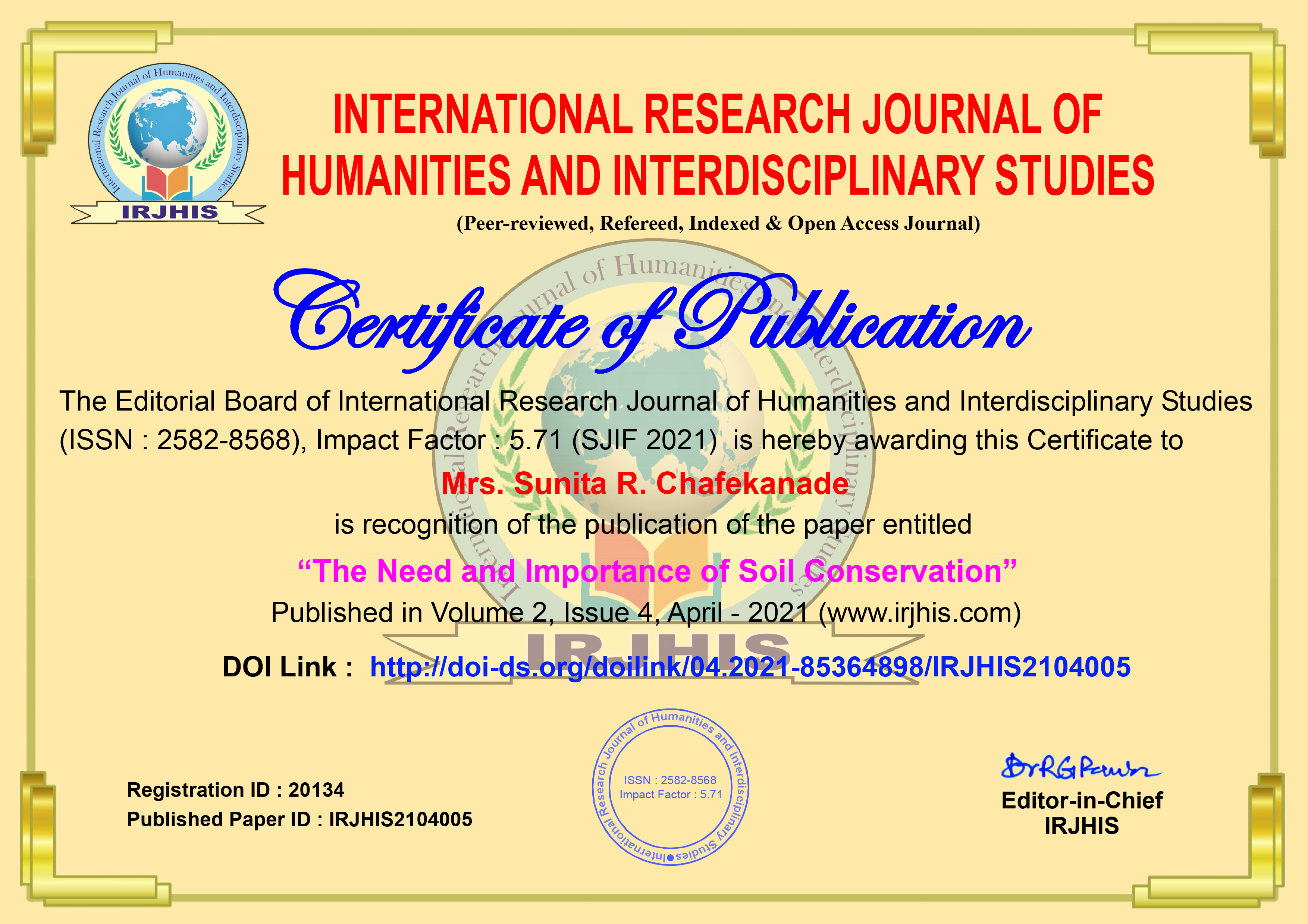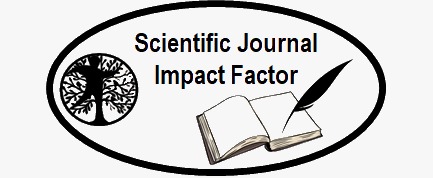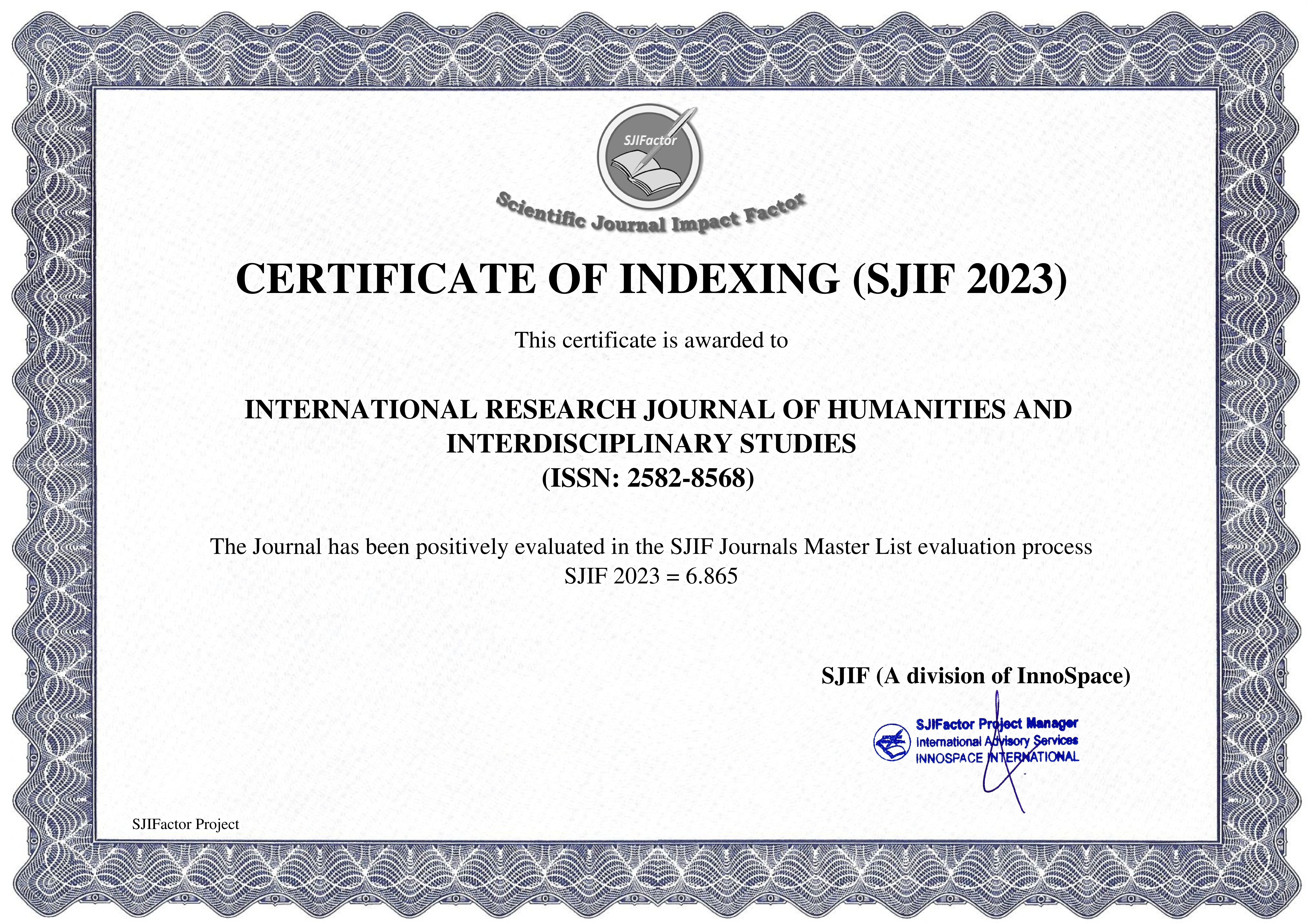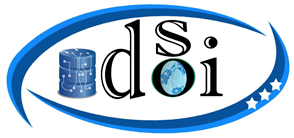Paper Details


Call For Papers
Volume 06, Issue 11
Frequency: 12 Issue per year
Paper Submission: Throughout the Month
Acceptance Notification: Within 2 days
Areas Covered: Multidisciplinary
Accepted Language: Multiple Languages
Journal Type: Online (e-Journal)
Announcement

Publish books with ISBN Number
- Edited Book
- Text Book
- Ph.D Thesis
- Conference Proceedings
ISSN Number:
2582-8568
Journal DOI No:
03.2021-11278686
Title:
CHARACTERIZATION TECHNIQUES FOR NANOMATERIALS
Authors:
Cite this Article:
,
CHARACTERIZATION TECHNIQUES FOR NANOMATERIALS, International Research Journal of Humanities and Interdisciplinary Studies (www.irjhis.com), ISSN : 2582-8568, Volume: 5, Issue: 2, Year: February 2024, Page No : 86-95,
Available at : http://irjhis.com/paper/IRJHIS2402013.pdf
Abstract:
Characterization techniques are crucial for comprehensively understanding the unique properties of nanomaterials, which often exhibit distinct behaviors at the nanoscale. Transmission Electron Microscopy (TEM) allows direct visualization of nanomaterials' morphology, structure, and crystallinity at atomic resolution, providing insights into their fundamental properties. Scanning Electron Microscopy (SEM) complements TEM by offering high-resolution surface imaging, facilitating the observation of surface features and morphological characteristics of nanomaterials. Atomic Force Microscopy (AFM) enables nanoscale topographical imaging and mechanical property measurements, providing valuable information on surface roughness, adhesion, and elasticity. X-ray Diffraction (XRD) elucidates the crystallographic structure, phase purity, and lattice parameters of nanomaterials, aiding in their structural characterization and phase analysis. Dynamic Light Scattering (DLS) is utilized for size distribution analysis of nanoparticles in solution, providing information on particle size, polydispersity, and colloidal stability. Fourier Transform Infrared Spectroscopy (FTIR) and Raman spectroscopy offer insights into the chemical composition, functional groups, and molecular vibrations of nanomaterials, facilitating their chemical characterization and surface analysis. Collectively, these characterization techniques empower researchers to probe the structural, morphological, chemical, and physical properties of nanomaterials, enabling advancements in various fields such as materials science, nanotechnology, biomedical engineering, and environmental science. The synergy between these techniques enhances our understanding of nanomaterials and drives innovation in their synthesis, design, and application for diverse technological solutions.
Keywords:
SEM, TEM, nanomaterials, AFM, FTIR.
Publication Details:
Published Paper ID: IRJHIS2402013
Registration ID: 21312
Published In: Volume: 5, Issue: 2, Year: February 2024
Page No: 86-95
ISSN Number: 2582-8568
Download Full Paper: Click Here
Article Preview:





